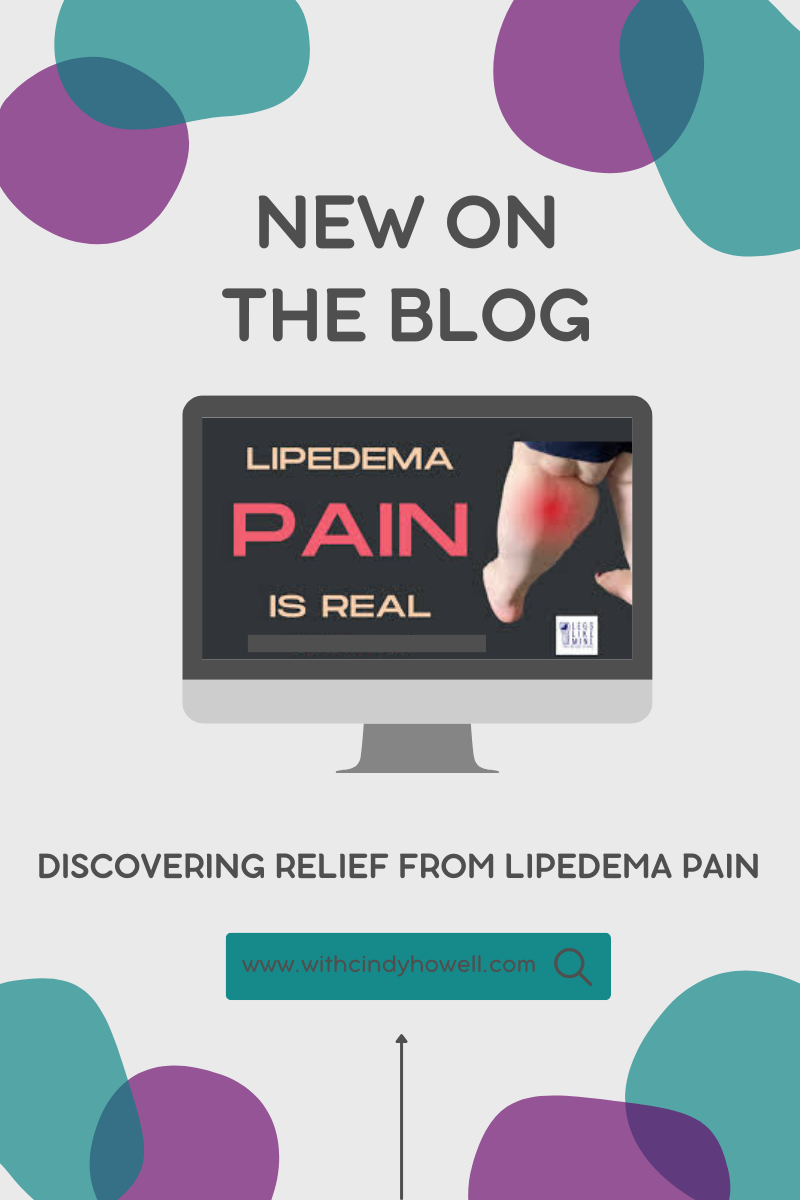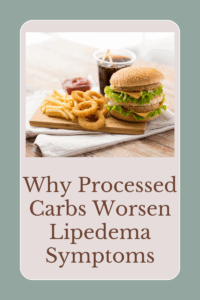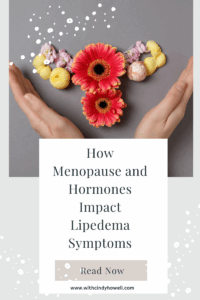Introduction to Lipedema
Lipedema is a condition that many might not be familiar with, but it affects a significant number of individuals, primarily women. It’s characterized by an abnormal build-up of fat cells, usually in the legs and sometimes the arms, leading to pain and swelling. This condition can cause considerable discomfort and emotional distress. Despite its prevalence, lipedema is often misunderstood and misdiagnosed, sometimes confused with obesity or lymphedema. Understanding lipedema is crucial for those affected, as well as for their families, friends, and healthcare providers, to offer appropriate support and treatment.
The term “lipedema” might sound technical, but breaking it down helps clarify what it entails. “Lipo” refers to fat, and “edema” means swelling, aptly describing the primary symptoms of the condition. The condition is more common than many realize, affecting an estimated 18% of women worldwide. Yet, due to its under-recognition, many suffer in silence, without receiving the diagnosis or support they need.
Lipedema’s impact is far-reaching, extending beyond physical symptoms to affect emotional well-being. The visible changes in body shape can lead to misunderstandings and judgments from others, adding to the emotional burden. Awareness and education about lipedema are vital steps toward improving the quality of life for those affected.
Understanding Lipedema Pain
Living with lipedema means coping with chronic pain that can disrupt daily life. The pain associated with lipedema is not merely a result of the physical weight of the fatty tissue; it involves a deeper physiological complexity. The pain can feel like heaviness, tenderness, or even burning, often worsening with prolonged periods of standing or sitting. For many, this pain is accompanied by feelings of fatigue and a reduced ability to engage in physical activities.
The nature of lipedema pain is such that it affects not only the body but also the mind. Chronic pain can lead to emotional challenges such as anxiety and depression. The persistent discomfort can make simple tasks feel daunting, impacting one’s ability to work, engage in social activities, or enjoy hobbies. Understanding this pain is key to managing it effectively.
Acknowledging the emotional toll of lipedema pain is crucial. Patients often face feelings of isolation or frustration, particularly if their condition is dismissed or misunderstood by others. Open conversations about lipedema can promote empathy and understanding, which are essential for supporting those living with this condition.
Causes and Triggers of Lipedema Pain
Several factors contribute to the pain experienced by those with lipedema. The primary cause lies in the abnormal accumulation of fat cells, which can put pressure on surrounding tissues and nerves. This pressure can lead to pain and tenderness, particularly in the limbs. Additionally, the condition may be exacerbated by hormonal changes, which could explain why lipedema often develops or worsens during puberty, pregnancy, or menopause.
Physical activity or lack thereof can also influence pain levels. While staying active is generally beneficial, certain exercises might aggravate symptoms. High-impact activities, like running or jumping, can increase pain and swelling in the affected areas. Conversely, avoiding movement due to pain can lead to stiffness, muscle weakness, and further discomfort.
Environmental and lifestyle factors play a role as well. Hot weather, stress, and even dietary choices might trigger or worsen symptoms. Paying attention to what causes flare-ups can help individuals manage their condition more effectively. Keeping a journal of symptoms and triggers can be a valuable tool for identifying patterns and implementing changes that alleviate pain.
Managing Lipedema Pain
Fortunately, there are several strategies to manage lipedema pain and improve quality of life. Lifestyle changes, such as adopting a balanced diet and maintaining a healthy weight, can reduce symptoms. While specific diets may not cure lipedema, reducing sodium intake can help minimize swelling, and anti-inflammatory foods might ease discomfort.
Physical therapy and exercise are integral components of pain management. Low-impact activities, like swimming, cycling, or yoga, can enhance mobility without aggravating symptoms. These activities promote circulation and strengthen muscles, offering relief from pain and stiffness.
Medical interventions may also be considered, depending on the severity of symptoms. Compression garments are commonly used to reduce swelling and provide support. Some patients benefit from manual lymphatic drainage, a specialized massage technique that improves lymph flow. In certain cases, surgical options like liposuction can help remove excess fat, although these should be discussed thoroughly with a medical professional.
Support and Resources for Lipedema Patients
Living with lipedema can be isolating, but it doesn’t have to be. Numerous support groups and resources are available for those affected. These communities offer a space to share experiences, advice, and encouragement. Online forums, local meet-ups, and social media groups provide opportunities to connect with others who understand the challenges of living with lipedema.
Join the community here: https://www.facebook.com/groups/7021999704562921
Professional resources, such as counseling and support from healthcare providers specializing in lipedema, can also be invaluable. These professionals can offer guidance on pain management, lifestyle adjustments, and coping strategies. They can also help patients stay informed about the latest research and treatment options.
Education is empowering. Learning about lipedema, its symptoms, and management techniques equips patients and their families to advocate for their health. Access to accurate information and resources can transform how individuals experience this condition, fostering a sense of control and optimism.
Conclusion and Encouragement to Engage
Understanding lipedema pain is a pivotal step in improving the lives of those affected by this condition. By acknowledging the physical and emotional challenges it presents, individuals can take proactive steps to manage their symptoms and enhance their well-being. Whether through lifestyle changes, professional treatment, or community support, there are numerous paths to finding relief and fostering a fulfilling life.
Raising awareness and fostering open discussions about lipedema can drive change, reduce stigma, and ultimately lead to better outcomes for everyone affected. Together, we can create a more informed and compassionate world for those living with lipedema.
Supporting Your Wellness
OX Cindy








